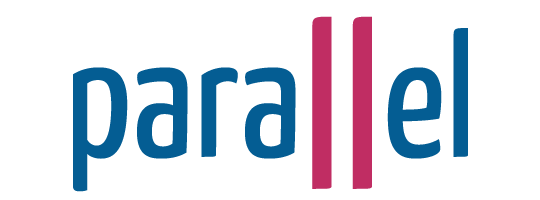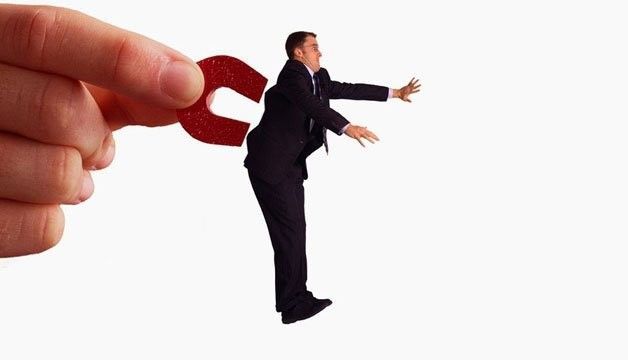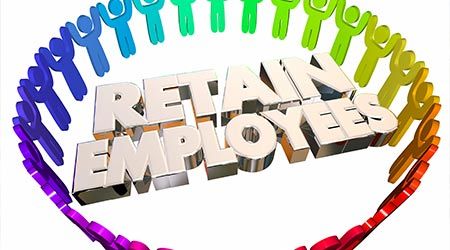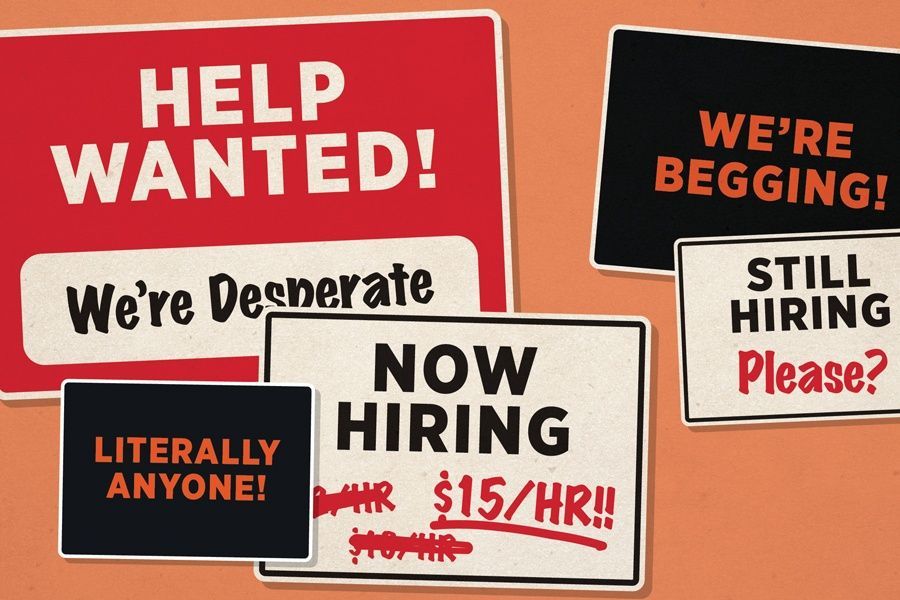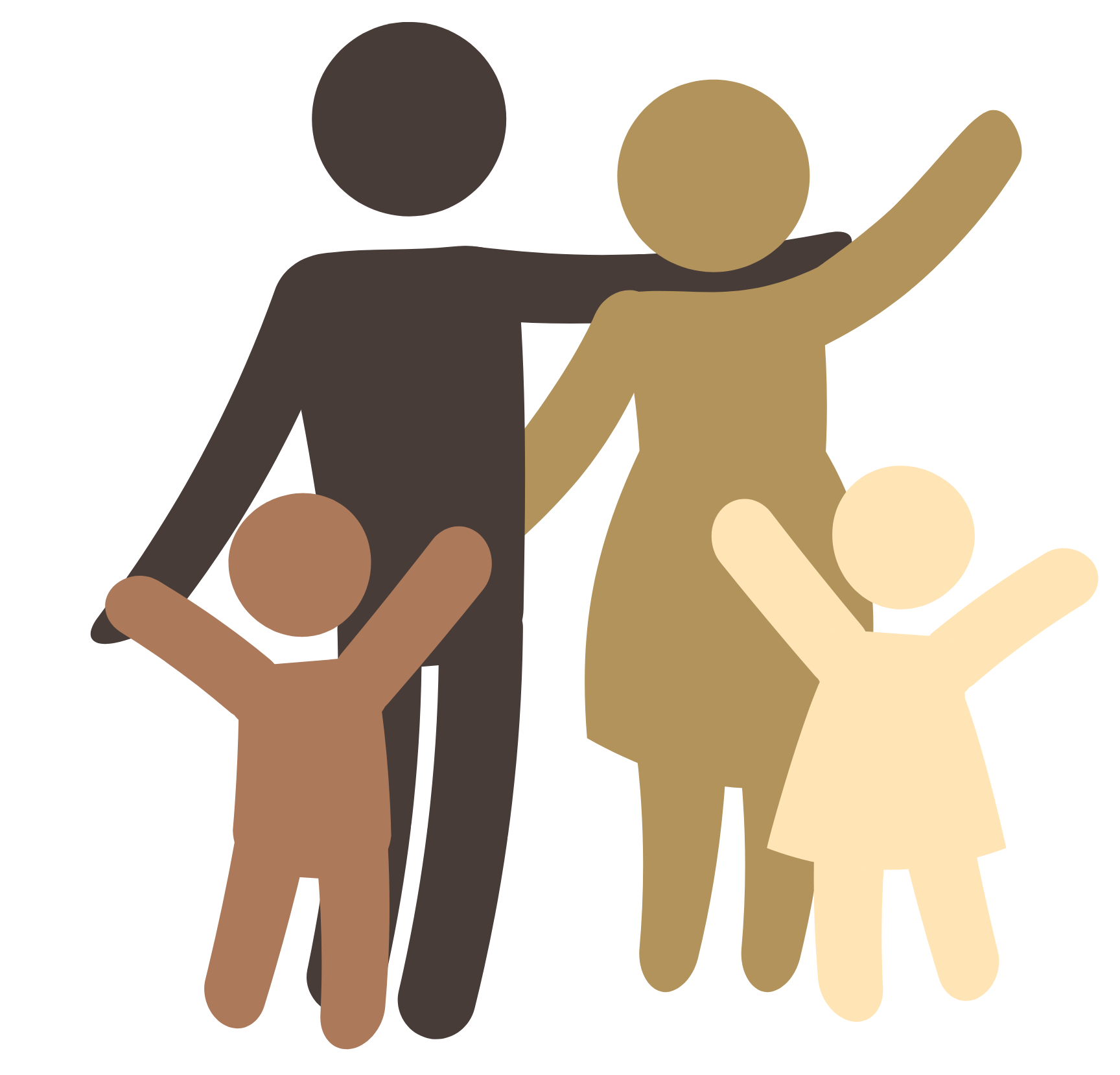It's Time for a Transformation

Let me start by being clear. This issue is not about attacking or blaming our human service institutions or its leaders. What we all do is what we know.
Our business, be it child welfare, education, mental health or juvenile justice, is about helping others change, learn, grow. This issue is my challenge to those that lead these institutions to look at the reality of what is not working, look at the research and studies that tell us what will work better and then be leaders. To lead the change we need to make in our institutional and program practices.
Its time we leaders make the decision and take the actions required to transform our organizations so they can achieve what they were created to do – help others change. And that change starts with us.
Fact: Trauma is the foundation of almost every mental health diagnosis.
When we went to school to learn to be a mental health/ social work/ psychology./ family therapist, the traditional preparation programs taught us counseling skills, deficient diagnosis using the DSM and treatment planning steps,
We now have an extensive body of research that tells us that under pinning almost every DSM diagnosis of children adolescents and young adults is a history of unidentified and/or untreated trauma.
We need to remember that the impact of trauma is different for everyone. For instance, death of a loved one may be very traumatic to one person but not at all traumatic to another. Clients are their own experts, and it is our job to learn about their lives from them; to learn what they have experienced as trauma not what we think.
To help address trauma our helping stance must be non-judgmental, caring, safe, and consistent space for the client so that healing can begin. The relationship creates the space where change and healing can occur.
This becomes a challenge in most child, adolescent and young adult settings.
In child welfare, especially in out-of-home care, care is still rule bound and punitive in its approach to working with clients and families.
In schools, the model used with students is rules compliance and punishments.
In juvenile justice the same rules compliance and punishments model is used.
I have written extensively over the past decade about parallel practice and the fact that how the leadership/ administration of our institutions, public sector, school administration and organizational leaders treats its staff sets the norm for how staff and programs treat clients.
Our child welfare programs, schools, mental health and juvenile justice programs poorly define what staff are expected to do, they do not train supervisors to be strengths based and success focused in working with staff (and we don’t train line staff to use that same approach with clients/students) and use a progressive disciple model as their model – this all creates a hostile and traumatizing work environment.
The most glaring example I can share is public sector child welfare where I see several things happening. First many public sector programs because the leadership doesn’t trust its front line work force have the front line workforce gather facts and give them to supervisors who become the case decision makers and when there is an error in judgment they seek out the lowest level employee to blame and discipline.
here are several inherent problems with this long-standing public sector model:
- New workers are asked to make the most important decisions with limited, often academically delivered preparation for the job or they are told by procedures they must take their findings to a supervisor to decide – this says they are not trusted or respected.
- I have seen in jurisdiction after jurisdiction that when something goes wrong in a case that leadership spends their energy identifying who to blame and punish, taking no responsibility for the lack of training, lack of competent supervision and case loads that are unreasonably high making it a challenge to impossible for a direct service worker to do what is required to be successful with their cases.
This explains why the turnover of line staff in public child welfare is so high.
Compounding this turnover is the public sector’s willingness to hire staff who do not have the appropriate training to do the child welfare social work. It is no surprise that direct service staff don’t stay.
On the private non-profit service side, its not much better. These agencies are vendors to the public sector and are treated just as a direct service staff is treated. Give minimal guidance and who always seek to “CYA” and blame providers when a mistake is made and punish them.
This model of public and nonprofit child welfare is a long standing system that does not work yet its leaders have shown no willingness to use the research and make the changes that will result in a more success focused system. The same can be said of the nonprofits and for-
profits that work for the public child welfare system – as they are treated they treat their staff and thus their staff treats their clients. This is parallel practice in operation.
We have a decade plus of studies that tell us this antiquated model doesn’t work; doesn’t work means doesn’t retain staff and doesn’t result in improved outcomes for clients.
Schools are the same. If you are a bright, respectful successful student the school works for you. But for students who have experienced trauma, who have challenges, schools actively work to either put them in “special programs” or put them out of schools. This flies in the face of the reason public schools exist – to educate the population who will one day run the country. We have an increasing number of thrown-away children – children who joining gangs, use drugs, commit crimes, become homeless, become teen parents, and becoming a lifetime cost to society.
Schools blame the child and often their family. You see if we blame the victim then we can avoid taking responsibility for what we are paid to do – educate them.
Again, schools are not trained to work with traumatized children. There is over a decade of evidence that schools can become trauma responsive and work to keep children in school rather than put them out because when you put them out those children have no chance to become educated.
In juvenile justice we have a long-standing model of punishing until you achieve compliance. We know this model does not work with people who have been traumatized. Children who are traumatized and don’t receive treatment, have delayed development of their Executive Functioning Skills and it is the lack of those skills that result in youth becoming involved in the juvenile justice system. And then when the system punished a child/youth for not having skills that does not result in that person acquiring the skills. In addition to their not acquiring the skills, the punishment by the adults (judges, POs etc) increases their anger towards adults making it harder to “reach” them. This is proven by our level of recidivism and the significant portion of young adults in prison who were rejected from school.
Let me be clear, there are a handful of child welfare nonprofits and schools who are intentionally working to become trauma responsive and reforming how they work with staff and clients. Let me say again its only a handful. I have had many organizations say they are yet when I look at their HR practices and lack of training and accountability of supervisors to work with staff in a strengths-based success way and look at the lack of the same for line staff I know what truth is –
The truth is in the behavior.
Its time for the leadership to make the changes needed for child welfare, schools, mental health and the juvenile justice systems. Its about changing from a punitive system for clients to one that focuses on strengths and success and doesn’t use punishment and uses compliance as its focus.
This transformation is not a workshop for line staff. This begins with establishing the values by which the organization and its leaders will operate (how they will behave) then operationalizing in both HR practices and replacing progressive discipline and punitive systems for staff and for clients.
It is difficult for systems to accept their responsibility for helping people grow, learn and change. That cannot occur when the organization is focused on blame, rules and punishment.
If your organization has a Board, they need to be part of setting those values and understanding what the leaders are going to do to transform the agency and its programs. When an organizational leader says there is no need to talk to the Board I know, again by behavior, that this is not a leader ready to make the transformation. The first step is the Board making a strategic plan with the leadership for how this will unfold.
If you are an organizational leader and believe your organizational transformation is needed now, lets talk.
LEADING FROM OUTSIDE THE BOX is a monthly newsletter for human services leaders.
Its purpose is to challenge your thinking and help you improve organizational and outcome performance.
To receive your copy free, simply email Jeff Bormaster and ask to be added to the mailing list. Feel free to share these newsletters with other human services leaders, simply include the contact information.
You can read previous issues of Leading Outside the Box at www.jeffbormasterconsulting.com/topics
